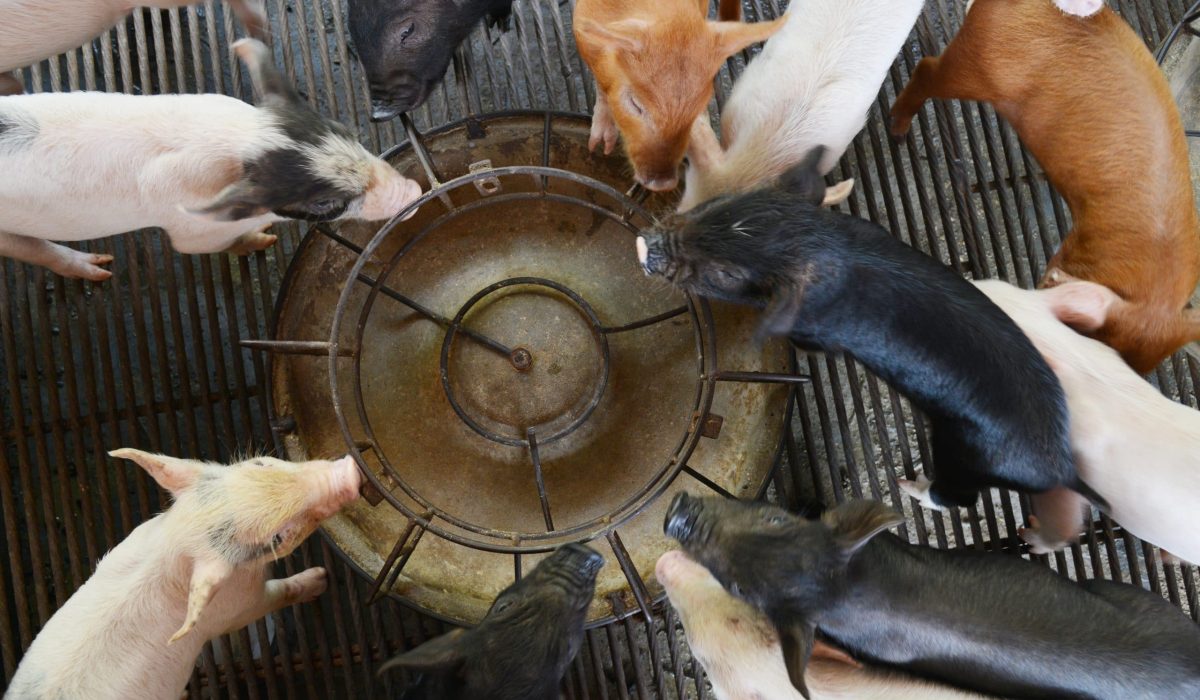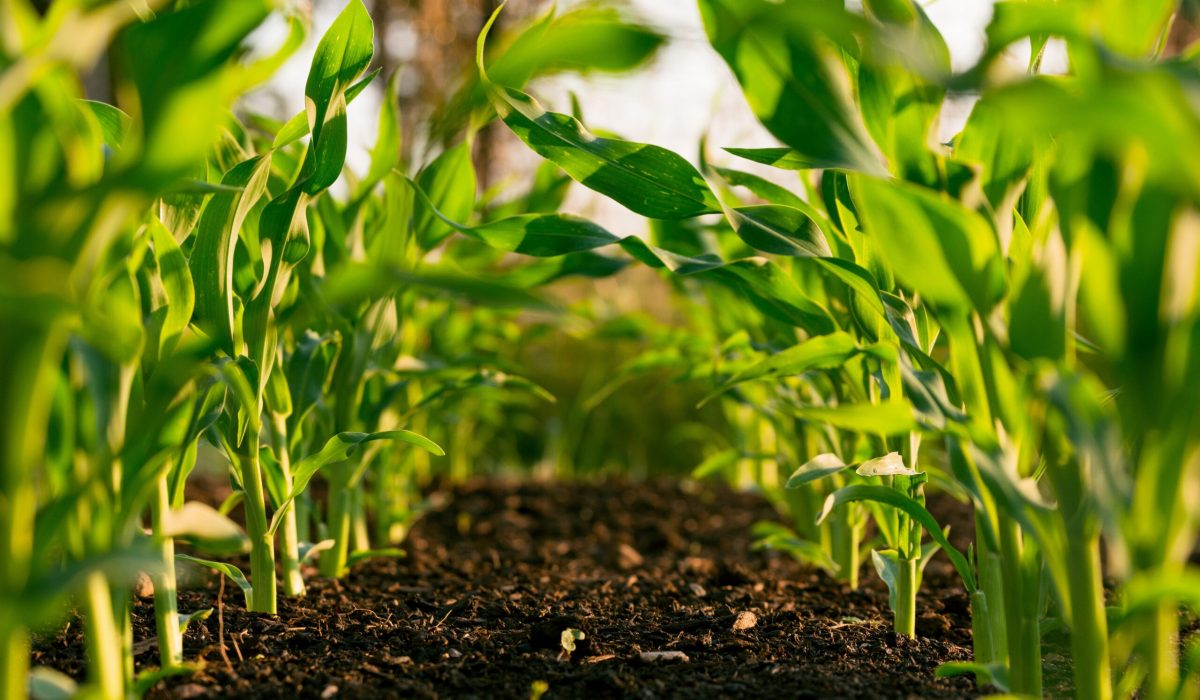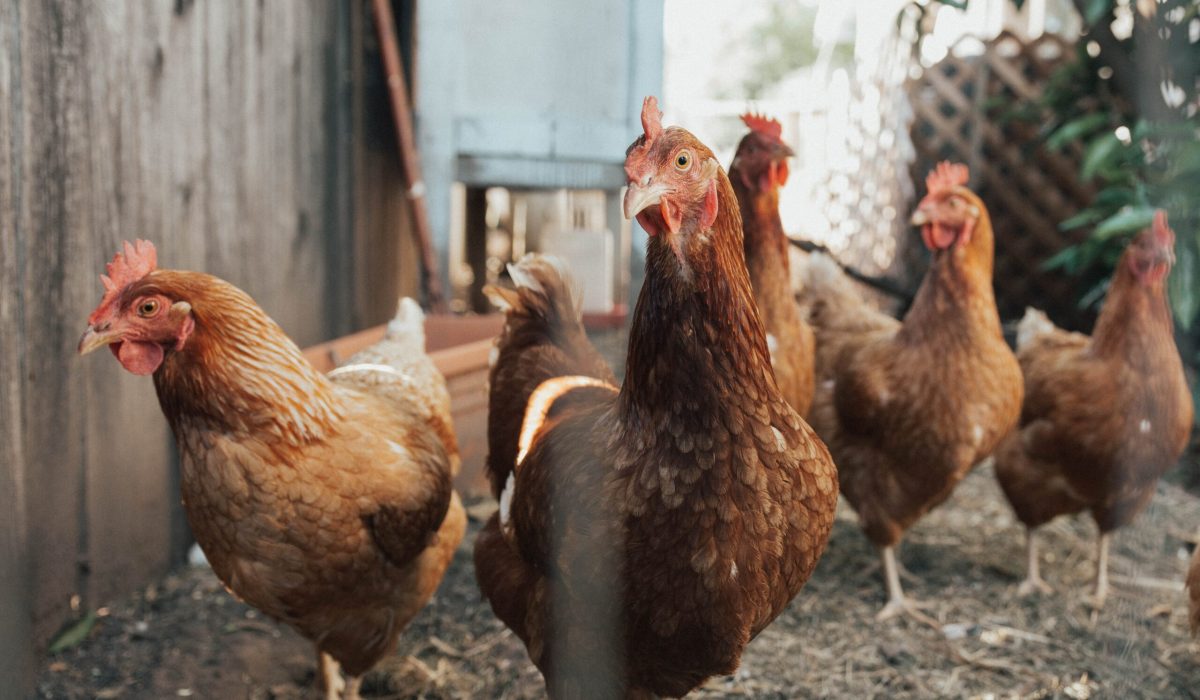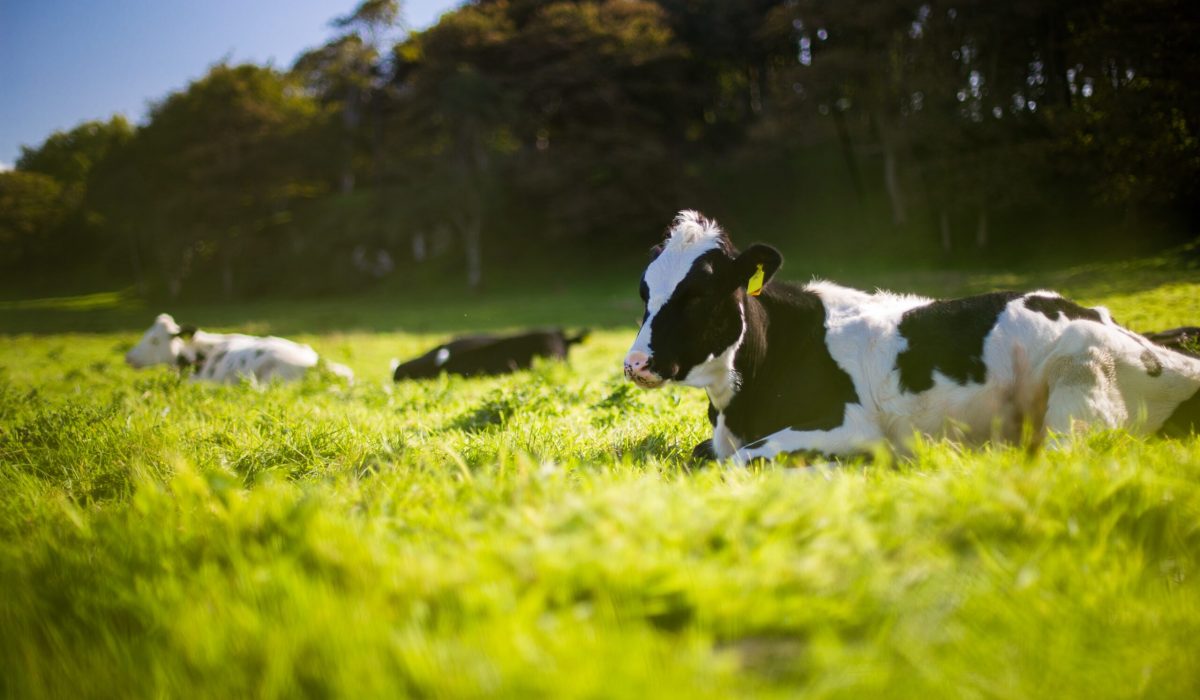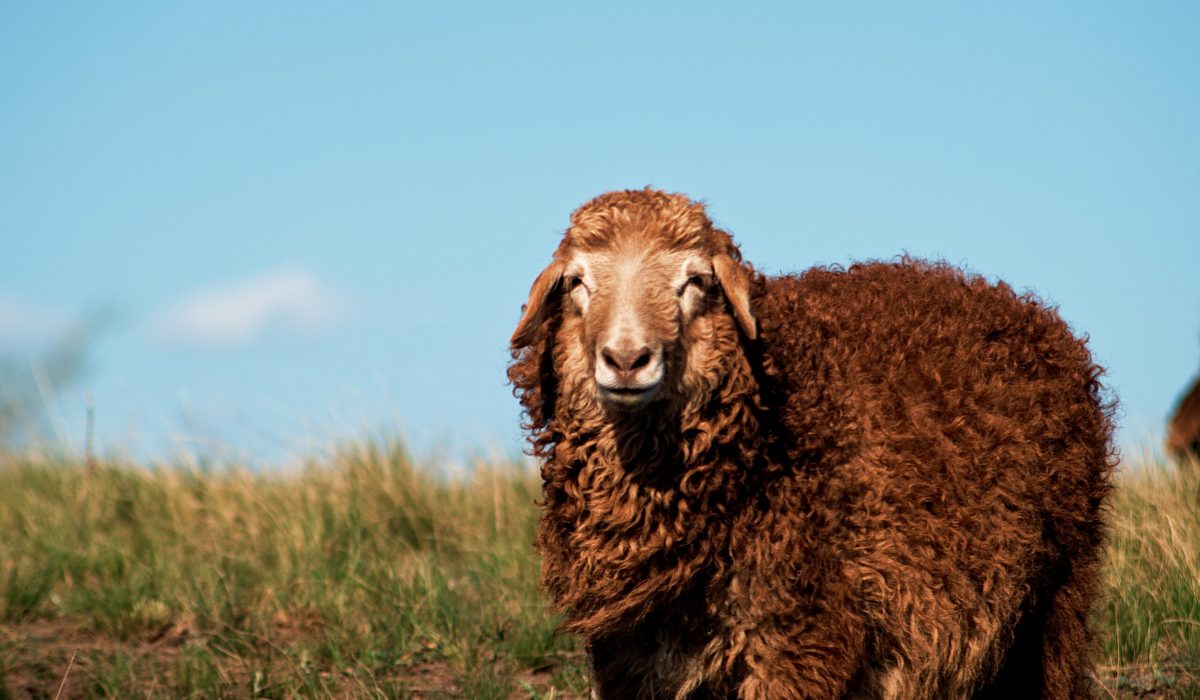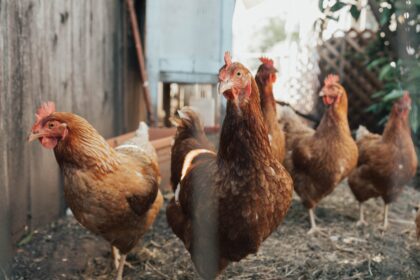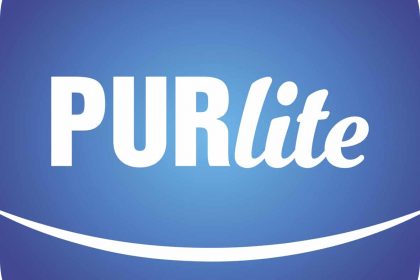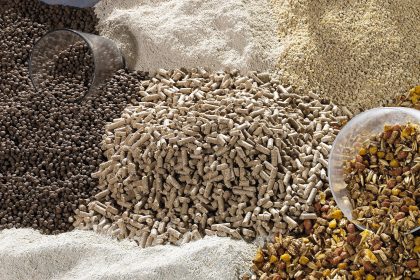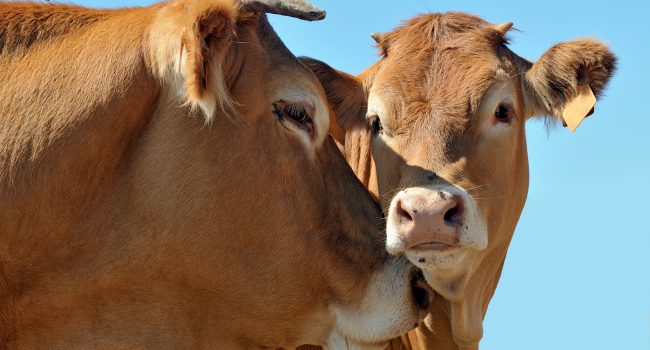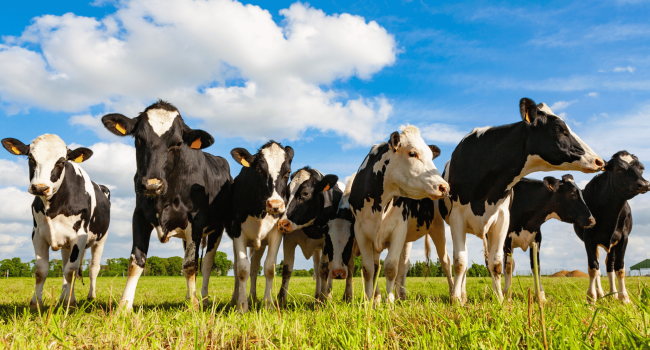Litter Management: A key component in animal agriculture
One of the most impactful and yet overlooked components of internal biosecurity and hygiene is litter. Proper litter management can help optimize animal performance.
Litter materials and use
Different litter materials such as wood shavings, straw, sawdust, rice hulls are widely used either on animal beddings or directly on the floors. The main purpose of litter is to ensure animal comfort by providing them with a warm, dry, and clean place. The characteristics of the different litter materials play an important role in the animal performances, air quality regulations and the workload of the farmer.
Throughout the rearing phase, the litter will receive the excreta from the animals that will provide organic matter, water, and an abundant and varied intestinal microflora. Along with dejections, other factors such as animals’ respiration, watering losses, condensation and sometimes inadequate cleaning management will produce water. After weeks of rearing, the litter can become a complex and favorable place for the development of micro bacteria as well a place of discomfort to animals due to soaked and irritable contact surface.
Microorganisms coming from the animals digestive tract can become pathogenic in high quantities and may cause digestive troubles in weaker animals.
Pathogens responsible for infections, parasitic diseases that are naturally present in animal excretions will further develop in an environment with air, optimal temperature and humidity.
Bacteria development & litter deterioration
Bacteria will develop depending on the environment. Beyond the concentration of germs excreted by animals, litter increases the number of germs when it is constantly wet or too thick. Insufficient ventilation, leaky watering systems, excessive mulching, and inadequate cleaning all stimulate the growth of bacteria.
The bottom line is that no matter what the litter is composed of, when 3 key factors of presence of air, optimal temperature and high humidity level are present, bacteria will grow and flourish.
These factors also encourage the breakdown of urea from urine and will lead to a higher ammonia concentration in the barn, which can degrade housing and working conditions but most importantly cause animal discomfort by chemical burns.
Effects of a poor litter management
All these factors combined decrease the litter quality and cause troubles for animals such as respiratory, digestive and locomotive issues. Diseases such as footpad lesion, breast blisters and necrotic enteritis in poultry, mastitis and lameness in cattle and UTI in sows, thermal stress on piglets can be significantly limited with right litter management.
It is a fundamental hygiene and biosecurity element!
ADM’s Premix & Services litter solution – PURlite
ADM has developed a unique litter solution called PURlite. PURlite is a powerful litter conditioner that dries piglets right after birth and, at the same time, helps ensure the right bedding environment. This unique solution helps ensure the best animal performance to improve your profitability.
In order to minimize the environmental risk factors and increase animal welfare, ADM has developed PURlite.
PURlite is a blend of vegetal and mineral raw materials including essential oils.
The non-irritating properties allow the usage of PURlite on piglets directly after birth in order to dry them as quickly as possible to increase their life energy.
In addition, PURlite sustains a dry and safe environment for the different species.
With its strong absorptive capacity, PURlite reduces moisture, binds odour and ammonia enhances animal welfare and eases farm management.
This unique solution ensures increased animal performances and best practices.
Discover our litter conditioner solution PURlite.
